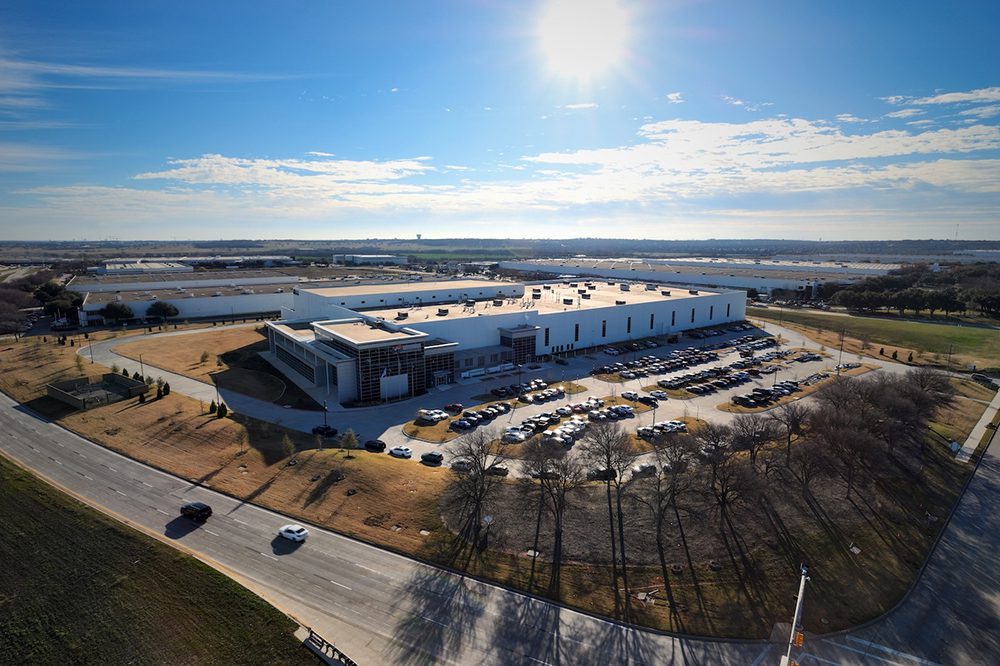MP Materials is collaborating with the US Department of Defense to establish a reliable domestic supply of rare earth magnets.
Rare earth magnets are used in many things, including electric vehicles, smartphones, robots, and defense systems. Currently, about 90% of the world’s rare earth magnets are made in China. MP Materials, which operates a mine and processing plant in the US, is the only company in the Western Hemisphere that produces these materials on a large scale. They also plan to recycle used rare earth materials.
In a new agreement worth billions of dollars, the DoD will invest $400 million in MP Materials stock, making it the company’s largest shareholder with up to 15% ownership. The government will also set a price limit for neodymium-praseodymium (NdPr) magnets for a period of 10 years, sign a 10-year deal to purchase all the magnets that MP Materials produces at the Mountain Pass facility, and provide a $150 million loan to expand the processing of heavy rare earth elements at its Mountain Pass facility.
MP Materials will also receive a $1 billion loan from JPMorgan Chase and Goldman Sachs to build the 10X Facility, which is expected to open. This facility will produce 7,000 metric tons of NdFeB magnets – about 34% of the total demand in the US by that year.
Some people have even suggested that this deal might be a form of nationalization of the rare earth industry. While MP Materials remains a publicly traded company and is run by its shareholders, this agreement marks a significant step toward establishing a US supply chain for these materials and reducing China’s control over the global market.
China’s dominance in NdFeB magnet production has kept prices low and discouraged investment in other areas. The $110 per kilogram price floor, which is higher than the current prices, will provide MP Materials with a steady income to invest in expanding its operations.
Additionally, MP Materials has agreed to supply Apple with rare earth magnets manufactured in the US from 100% recycled materials. These magnets are expected to start shipping in 2027 and will be used in hundreds of millions of Apple devices. The two companies will also collaborate to enhance the production of magnets and recycle them at the end of their lifespan.

I’m Rohan Mehta, the voice behind KhelRe—a trusted and steadily growing blog dedicated to electric vehicles (EVs) in India. With over five years of experience as a tech and automotive blogger, I turned my frustrations with owning an EV into a mission: to help others make more intelligent choices in this fast-evolving world of electric mobility.
I’ve been an early adopter of EV technology—I repurchased my first electric scooter in 2019. That experience opened my eyes to both the promises and the pitfalls of this new mode of transport. From slow charging times and range anxiety to misleading specs and hidden costs, I’ve faced it all. But instead of walking away, I decided to write about it.
That’s how KhelRe was born—a no-nonsense, hands-on blog where I share practical, real-world reviews of EV cars, bikes, and scooters. I break down features, range, performance, and pricing from a user-first perspective. I take pride in simplifying complex tech into clear, valuable insights—offering tips, ownership stories, and advice you won’t find in flashy press releases or sales brochures.
Whether you’re a first-time EV buyer or just a curious auto enthusiast, my goal is to help you navigate the EV landscape with confidence. My motto: “EV knowledge should come from experience, not just brochures.”
When I’m not test-driving the latest e-scooter or comparing charging networks, you’ll probably find me tinkering with my garage EV setup, chatting with fellow enthusiasts online, or sipping chai while writing my next blog post from a cosy local café.

